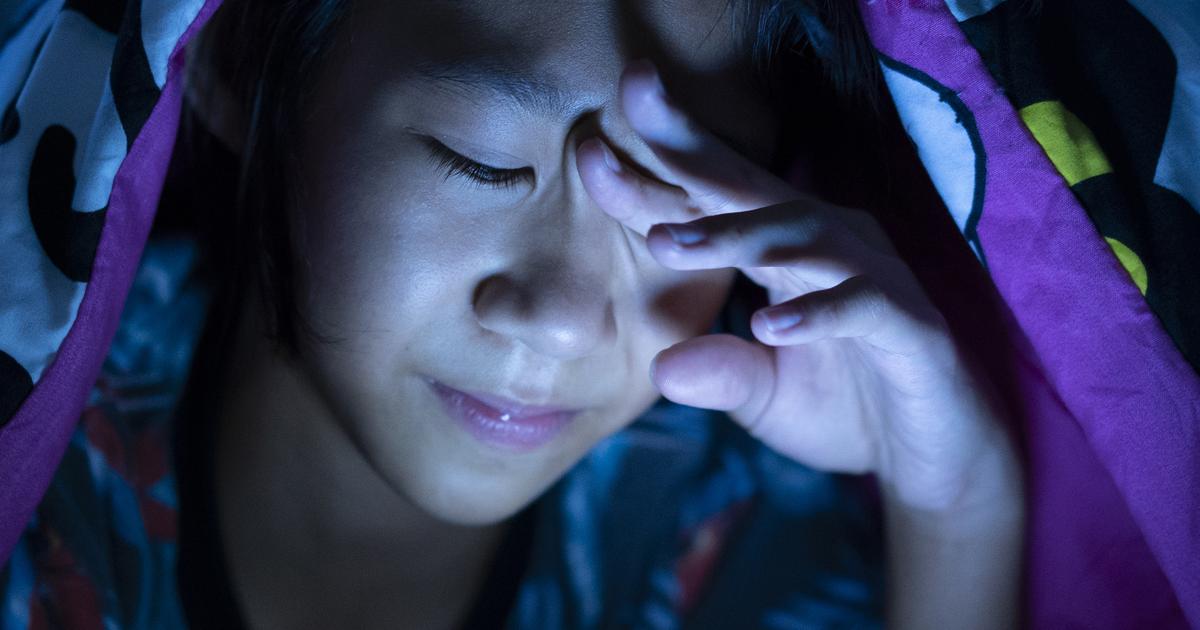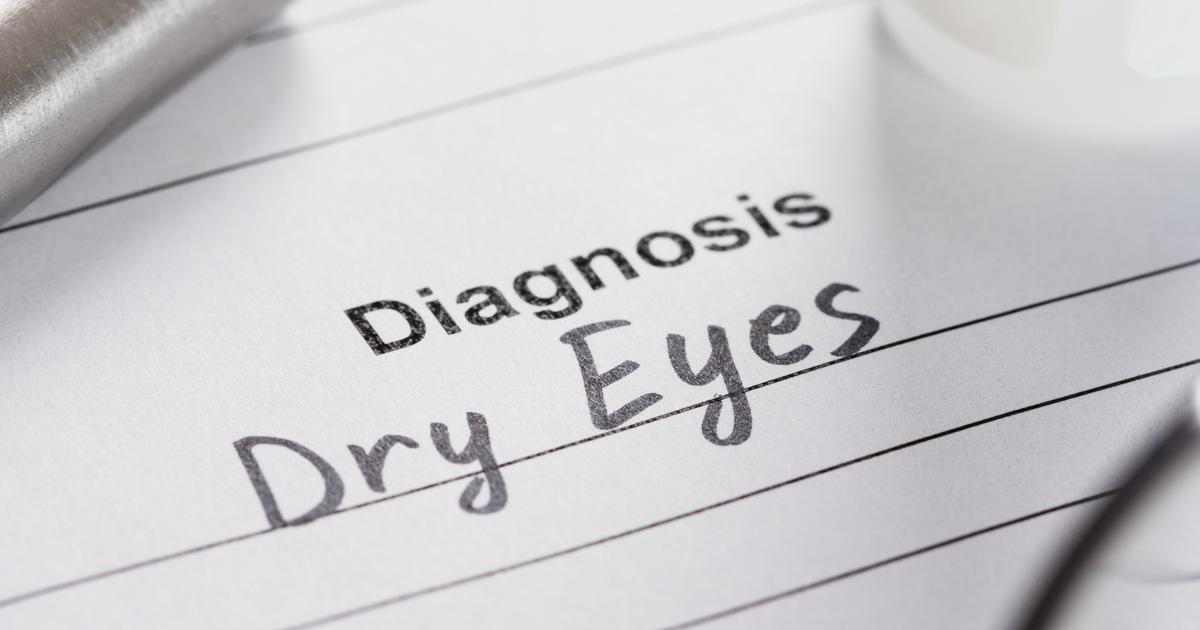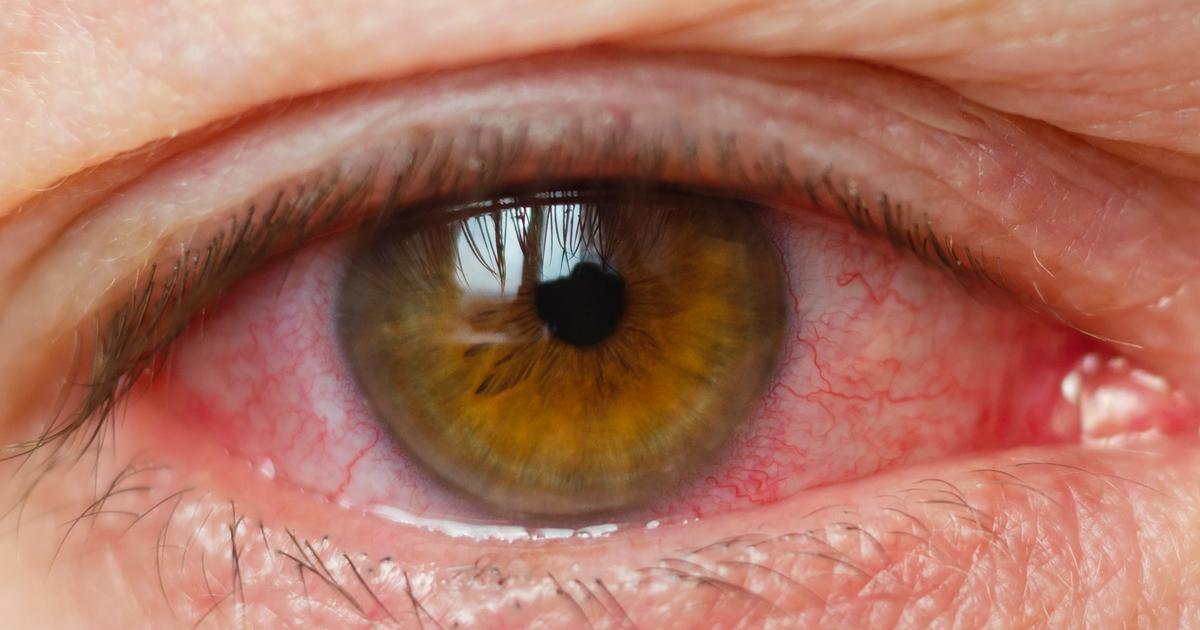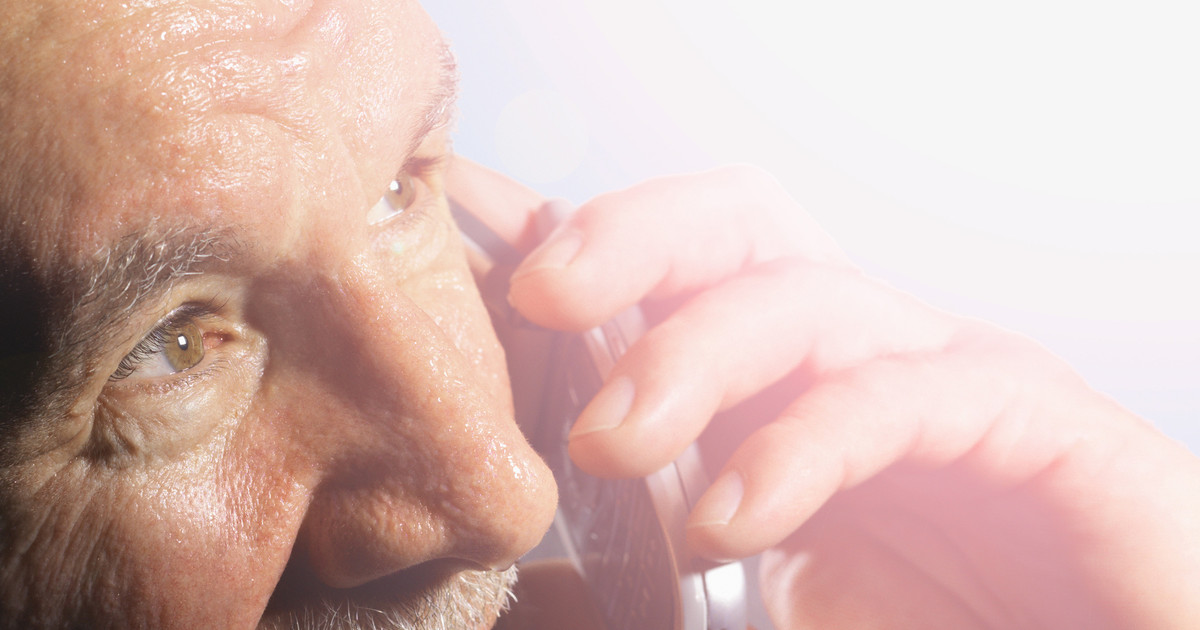Common Causes Of Eye Strain And Eye Pain
Eye strain is a condition characterized by eye pain. It occurs when an individual's eyes become fatigued as a result of intense use. The symptoms that occur in individuals who struggle with eye pain and eye strain include eyes that are sore, burning, tired, itching, overly dry, or overly watery. Other symptoms are blurry or double vision, headache, neck soreness, light sensitivity, and an inability to keep the eyes open. An eye examination performed by a specialist is used to diagnose eye strain.
There are many treatments for eye strain and eye pain. Many patients will wear special eye strain glasses, particularly blue light glasses, when they are working on a computer. Both over-the-counter and prescription eye drops can bring some eye strain relief. Pain medications are common in eye strain headache treatment. Ultimately, however, the best eye pain and eye strain treatments vary depending on the underlying cause.
Prolonged Use Of Screens

Eye strain and subsequent eye pain in some individuals is the result of their prolonged use of screens. An individual's eyes are typically at rest when they are staring at something around twenty feet away. Screens on phones, laptops, computer monitors, and tablets generally sit between eighteen and twenty-four inches from an affected individual's eyes. Their eyes constantly have to accommodate viewing these screens at such close proximity. When it happens over a prolonged period, this process causes an individual's ciliary muscle to spasm back and forth to view the screen.
When an individual is staring at a screen for some time, they often forget to blink enough. Blinking is the mechanism the body uses to keep an individual's eyes from drying out. This less frequent rate of blinking can cause the eyes to become dry and irritated, resulting in eye fatigue and eye pain from overuse. Other factors such as the entry of unnecessary feedback into the eyes, overexposure to high energy blue light, and screen glare are also known to contribute to eye strain and eye pain.
Keep reading to learn more about what causes eye strain and pain now.
Straining To See In Low Light

An individual who is frequently straining to see in low light can develop eye strain and subsequent eye pain. The eyes are designed to adapt to low light environments for short periods. However, trying to accomplish certain things in low light conditions can lead to eye strain in an individual. Any activity that involves reading, writing, or putting together pieces of a puzzle is considered a high-intensity task for an individual's eyes. The muscles in the eye already have to adjust the lens constantly to enable the individual to focus on what they are doing.
However, attempting these high-intensity tasks in low light conditions causes them to work harder and longer than they would be in conditions of adequate lighting. As most high-intensity tasks in terms of the eyes require mental focus, an individual can easily forget to blink enough to prevent their eyes from becoming dry and irritated. Dry eyes and irritation can result in itching and painful eyes. Fatigue of the eye muscles is common in individuals who make a habit of performing high-intensity tasks in low light because it requires more energy than it would in good lighting.
Discover additional causes of eye strain and eye pain now.
Dry Eyes

Eye strain and eye pain are common complications that can occur in individuals affected by dry eyes. Eye pain due to dry eyes can be described as a gritty feeling, constant stinging, sharp pains, or a dull ache. Nociceptors are the specialized sensory receptors present on the ends of the nerves that send signals to the brain in response to damaging or painful stimuli. Nociceptors are present in almost all of the body tissues, including an individual's cornea. However, the cornea is known to have one of the highest nociceptor concentrations in the body, with between three to six hundred times the amount of nociceptors in the skin.
Specific components in the eye produce fluid that keeps the eyes moist and lubricates the area between the outer layer of the eye and inside of the eyelids. Blinking helps stimulate the production of this fluid and distribute it evenly on the corneal surface. However, individuals who have dry eyes do not produce enough of this lubricating fluid, which leaves the nociceptor filled cornea vulnerable to the painful effects of drying and friction.
Read more about the causes associated with eye strain and eye pain now.
Foreign Object In The Eye

In rare cases, an individual can develop eye pain as a result of a foreign object in their eye. An individual's eyes have two mechanisms in place to help keep foreign bodies out of the eye. An individual's eyelashes function as a type of shield or buffer to stop particles from entering the eye. The lubricating fluid an individual's eye produces plays a role in keeping foreign bodies out by flushing out the foreign particles. However, foreign objects occasionally make it into the eye past the eyelashes and are not effectively rinsed away. A foreign body can stick to or embed itself into an individual's cornea or on the undersurface of their eyelid.
The most common source of eye pain when it comes to foreign bodies in the eye is called a corneal abrasion or a scratch in the clear outer layer of the eye. An individual affected by a corneal abrasion will experience a significant amount of eye pain because of the high concentration of specialized nerve endings in the cornea. The inner surface of the eyelid can become injured if a foreign body is embedded into the outer layer of the eye and scrapes against it, which also produces eye pain.
Get more details on the causes of eye pain and eye strain now.
Conjunctivitis

Conjunctivitis is commonly referred to as pink eye. An individual's eye contains a thin, transparent tissue that lines the inner eyelid and overlays the white of the eye, called the conjunctiva. Bacteria, viruses, foreign particles, pool chlorine, allergic reaction, parasites, gonorrhea, chlamydia, and fungi can all induce inflammation in an individual's conjunctiva. Symptoms of conjunctivitis include inner eyelid redness, conjunctiva redness, enlarged conjunctiva, green to yellow discharge, burning sensations in the eye, blurry vision, itchiness in the eyes, and light sensitivity. General eye pain is common for the first few days an individual has conjunctivitis. A rare and severe form of conjunctivitis can cause a patient to experience intense eye pain when looking at bright lights.
Uncover more causes of eye strain and eye pain now.
Exposure To Bright Lights

Many individuals will deal with some amount of eye pain and eye strain due to exposure to bright lights. One example occurs when individuals are driving at night and the headlights of oncoming traffic make them wince and squeeze their eyes shut for a moment. Bright sunlight can also make individuals strain their eyes since they may have to squint to see. The sun can also make an individual’s eyes water, which can be painful in many cases. Bright artificial light, including in retail stores, can also cause eye pain in many individuals when they spend long periods around it.
Continue reading to learn more about the various causes linked to eye pain and eye strain now.
Fatigue And Stress

Fatigue and stress make many functions harder for individuals to do. This includes activities such as reading, watching television, and working on the computer. However, many individuals will try to continue performing these activities even when they are quite stressed or fatigued. The extra effort necessary includes more work on the eyes for focusing. Thus, many individuals who are already fatigued or stressed will deal with eye strain and eye pain when working on the computer faster than they would have otherwise. Stress often leads to a headache as well, which can cause pain around the eyes.
Get more information on what can result in eye pain or eye strain now.
Driving Long Distances

Driving requires significant amounts of focus. Individuals have to pay attention to the other cars on the road and what they are doing, the status of traffic lights, and other road conditions. Paying attention to all of these things allows individuals to drive safely. However, it is also a lot of work for the eyes. Thus, many individuals will deal with eye pain and strain when they are driving for long distances. In many cases, this happens because an individual’s eyes are tired, and it takes more and more effort to continue driving. When this happens, individuals should take a break from driving and get some rest.
Discover additional causes of eye pain and eye strain now.
Untreated Eye Problems

Eye strain and eye pain, particularly the latter, are common symptoms linked to many eye problems. For instance, an individual with amblyopia may deal with eye pain because their affected eye has to work harder. This condition, also called ‘lazy eye,’ involves at least one eye turning inward or outward. Many patients with this condition, after they have surgery, have to wear prescription eyeglasses to make sure that their affected eye looks straight. It is possible for their eye to look straight without the glasses, but since it takes more work, they will deal with eye strain and eye pain. Other untreated eye problems that have eye strain or eye pain as symptoms include glaucoma, nearsightedness, and farsightedness.
Reveal more causes of eye strain and eye pain now.
Detailed Work For Extended Periods

Many tasks and occupations require individuals to perform detailed work for extended periods. For instance, repairing necklaces and other pieces of jewelry often means that individuals need to use magnifying glasses to see the links in chains and add jewels in the right places. Knitting and crocheting both require a fair amount of concentration as well. Painting small figurines is another example of detailed work. Like repairing jewelry, it often requires the use of magnifying glasses. Detailed work may mean that individuals squint their eyes, particularly when the task takes an extended period to complete. Thus, many individuals will experience eye pain and eye strain when performing these tasks. Most of the time, they can manage it by taking frequent breaks.
